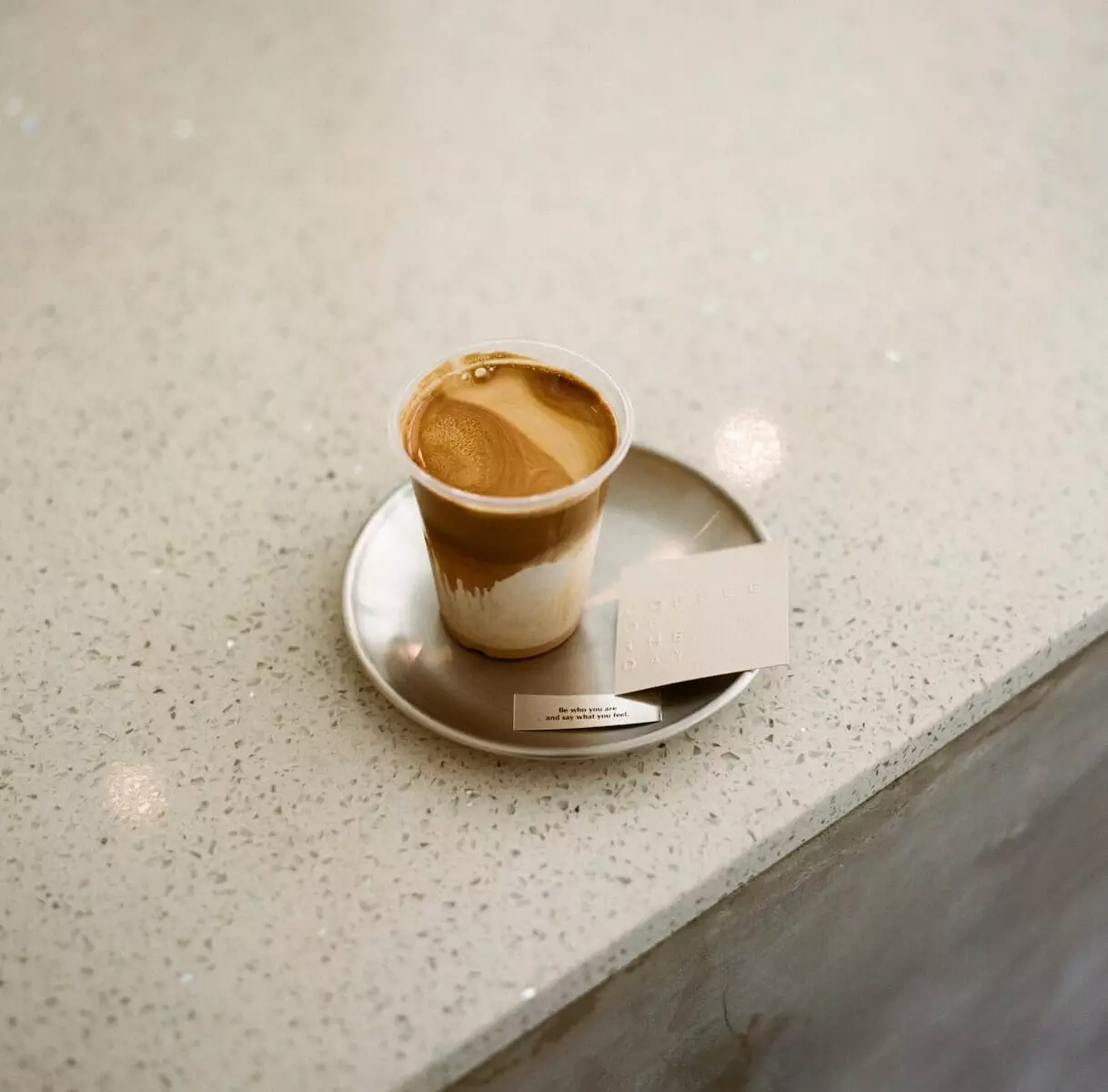Feng shui might primarily make you think about home interior designs or office setups. Nonetheless, it’s key to understand that feng shui rules can be applicable to shaping both the visual and operational qualities of your website design.
Feng shui is pretty complex and difficult to define in a short article. However, The ancient Chinese practice can be summed up as taking energy forces and harmonizing them with the people and environment in which they exist.
What Are the Five Principles of Feng Shui?
Feng Shui focuses on five elements:
- Fire
- Earth
- Wood
- Metal
- Water
The goal of the practice is to figure out if there is too much or too little of any of the elements and to figure out the best ways to balance the chi or energy in a room–or on a website.
You can use the basic tenets of feng shui to create a smart webflow for site visitors. Guide them through the buyer’s journey by pointing them where you want them to go.
1. Counteract Straight Lines
One no-no in traditional feng shui is too many straight lines. For example, you have to watch how energy flows to ensure there are no objects in the way or that energy flows in and right back out of a physical space.
For websites, straight lines might come in the form of shapes and a grid layout. You can counteract some of this by adding a few curved lines here and there, circular buttons or swirls in the background.
2. Fix the Entrance
In a home, the entrance is where energy enters and it is vital that it is inviting and free of clutter. You want chi to move into your house and move inward.
For your website design, think of the area above the fold on your landing page as your entrance. Does the design have an open, welcoming feel? When people land on your website, do they understand the purpose of it? Work on your headlines to really grab user attention from the minute they land on your page.
3. Improve Movement
Another concept in feng shui is avoiding dead ends. You don’t want site visitors to bump into a link that doesn’t work or not have breadcrumbs back to where they started. Click on every link on your site. Make sure it goes where you intended and that the way back to the home page is clear.
Ideally, the buyer will journey from the landing page, to information and on until they complete a sale with your brand.
4. Use Bright, Light Colors
Avoid dark colors or anything that might block the flow of chi on your website. When people land on your pages, they should feel as though it is clean and free.
Choose a bright background. The only place you should use darker colors is perhaps in your body text where you can go with a neutral color such as black or charcoal gray. Your color palette has a huge impact on the chi of your site.
5. Add Tranquility
A clean, uncluttered design helps site visitors move through your pages unhindered. One study showed about 95% of minimalist websites used monochromatic color schemes. One of the best ways to add some tranquility to your pages is through the shades you choose. A variety of soft blues creates a calming effect.
Spend some time looking at the various elements on your page. Do the images all have a purpose? Is there anything that doesn’t match the rest of the color scheme?
6. Cut Clutter
Achieve feng shui design nirvana by losing the clutter on your pages. Since chi needs to flow, you have to limit how much you have on your pages if you want people to move freely through your site.
Start by cutting anything that doesn’t match the goal of the page. People find it much easier to move from Point A to Point B than to go through a series such as Point A.1, Point A.2 Point A.3. Send users the direct route so you don’t risk losing them in the process.
7. Consider Size
In order to create optimum flow, you also must consider the size and shape of items. If you place a huge image on your page, how will users move around it to get to the next piece of information or task?
Learn to layer elements so that everything moves without pause. Consider the first impression people might have of your page. Make any needed changes to help familiarize site visitors with your layout and navigational hierarchy. Keep elements similar from page to page.
8. Create Movement
In real life feng shui design, you might add a small fountain to create water movement or a live plant to bring in nature. You can add these types of elements to your website design by adding photos of waterfalls, a moving river or a fountain. You can add images of various plants or nature.
Keep in mind the color scheme of your site. You want to continue to avoid dark, dreary colors, even if showcasing a shaded waterfall in a forested area.
Goal of Feng Shui
You can direct the flow of energy through your site and leave your site visitors with a positive first impression by adopting a feng shui approach. When you apply the ancient Chinese practice to your web design, you’ll create a balance of color, light, space, shape and movement so the chi flows smoothly from the beginning to the end.
Eleanor Hecks is the founder and managing editor of Designerly Magazine. She’s also a web design consultant with a focus on customer experience and user interface. She lives in Philadelphia with her husband and dogs, Bear and Lucy. Connect with her about marketing, design and/or tea on LinkedIn.

